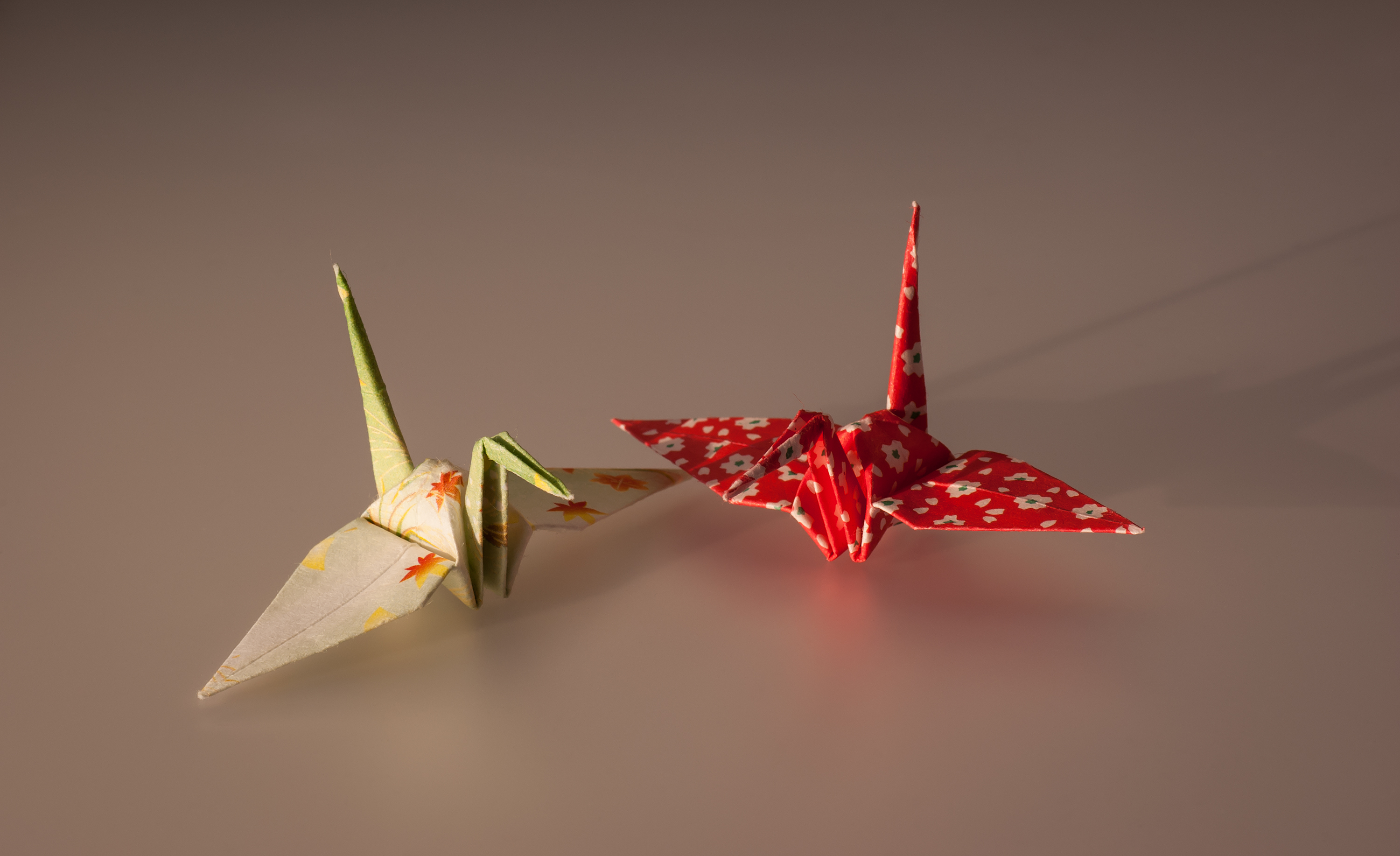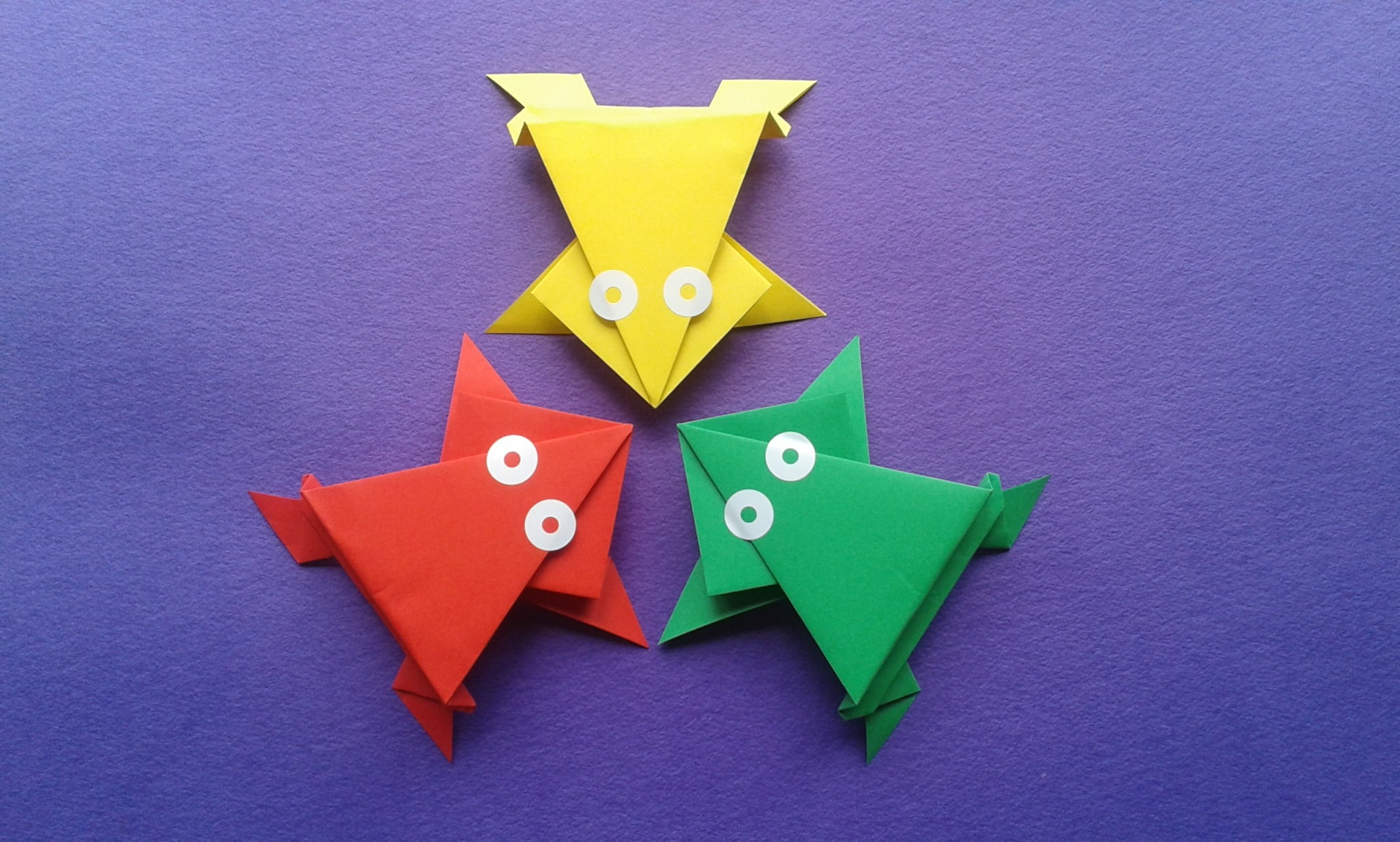Lesson 15
Write Equations for Story Problems
Warm-up: Estimation Exploration: Paper Cranes (10 minutes)
Narrative
Launch
- Groups of 2
- Display the image.
- “What is an estimate that’s too high?” “Too low?” “About right?”
- 1 minute: quiet think time
Activity
- “Discuss your thinking with your partner.”
- 1 minute: partner discussion
Student Facing
How many cranes are there in the image?

Record an estimate that is:
| too low | about right | too high |
|---|---|---|
| \(\phantom{\hspace{2.5cm} \\ \hspace{2.5cm}}\) | \(\phantom{\hspace{2.5cm} \\ \hspace{2.5cm}}\) | \(\phantom{\hspace{2.5cm} \\ \hspace{2.5cm}}\) |
Student Response
For access, consult one of our IM Certified Partners.
Activity Synthesis
- “Is anyone’s estimate less than 20? Is anyone’s estimate greater than 30?”
- “Based on this discussion does anyone want to revise their estimate?”
Activity 1: Story Problems about Origami (10 minutes)
Narrative
Required Materials
Materials to Gather
Launch
- Groups of 2
- Give students access to connecting cubes in towers of 10 and singles.
- “Another craft that lots of people enjoy is origami. Origami is the art of folding paper. There are lots of different things you can make. You are going to solve some problems about origami that Clare and her classmates made.”
Activity
- Read the task statement.
- 8 minutes: partner work time
Student Facing
Show your thinking using drawings, numbers, or words.
-
Clare made some paper cranes.
She gives 12 of them to Han.
Now Clare has 7 cranes left.
How many cranes did she make?
-
Tyler made 15 origami butterflies.
Jada made 9 fewer origami butterflies than Tyler.
How many origami butterflies did Jada make? -
Elena made some red flowers.
Then she made 12 blue flowers.
Now she has 18 flowers altogether.
How many red flowers did she make? -
Mai made 8 paper frogs.
Diego made 17 paper frogs.
How many more frogs did Diego make than Mai?
Student Response
For access, consult one of our IM Certified Partners.
Activity Synthesis
- “Now, you will make posters of your work and do a gallery walk.”
Activity 2: Gallery Walk: Write Equations (25 minutes)
Narrative
The purpose of this activity is for students to analyze the work of their classmates and write equations to show how they made sense of each others' thinking. During the synthesis, students discuss how different representations and equations can match the same story problem. When students share connections between different representations and the story problems, they reason abstractly and quantitatively (MP2).
Supports accessibility for: Memory, Organization
Required Materials
Materials to Gather
Launch
- Groups of 2
- Give each group tools for creating a visual display.
- Assign each group a problem from the previous activity.
Activity
- “With your partner, create a visual display that shows your thinking about the problem. You may want to include details such drawings, numbers, or words to help others understand your thinking. Do not write equations.”
- 5 minutes: partner work time
- “Now we will have a gallery walk to look at each other's work. As you visit each poster write an equation that matches how the group represented their thinking. You may write more than one equation for some of the problems.”
- 10 minutes: gallery walk
Student Facing
Write an equation that matches your classmates' work for each story problem.
- Equation: ________________________________
- Equation: ________________________________
- Equation: ________________________________
- Equation: ________________________________
Student Response
For access, consult one of our IM Certified Partners.
Activity Synthesis
- For each story problem, display the posters students created to represent it and invite students to share the equations they wrote.
- “How are the representations on the posters and the equations we shared for this problem the same? How were they different?” (Some show using addition to solve and some show subtraction. They all find the same answer. Some show each object and some use numbers to represent how many objects.)
Lesson Synthesis
Lesson Synthesis
“In this section we practiced solving different types of story problems. What did you learn? What do you still need to practice?” (I learned how drawing towers can help me solve problems for which I have to find the difference. I learned that sometimes you can add or subtract to solve problems. I still need help with writing equations, especially for the tricky story problems.)
Cool-down: Write An Equation (5 minutes)
Cool-Down
For access, consult one of our IM Certified Partners.
Student Section Summary
Student Facing
We solved different types of problems and represented our thinking using drawings and equations.
Diego’s bracelet is 7 cubes longer than Mai’s bracelet.
Mai’s bracelet is 6 cubes long.
How long is Diego’s bracelet?

\( 6 + 7 = \boxed{13}\)
Kiran made some paper cranes.
He gave 5 of his cranes to his brother.
Now, he has 10 cranes left.
How many cranes did Kiran start with?

\(5 + 10 = \boxed{15}\)
\( \boxed{15} - 5 = 10\)